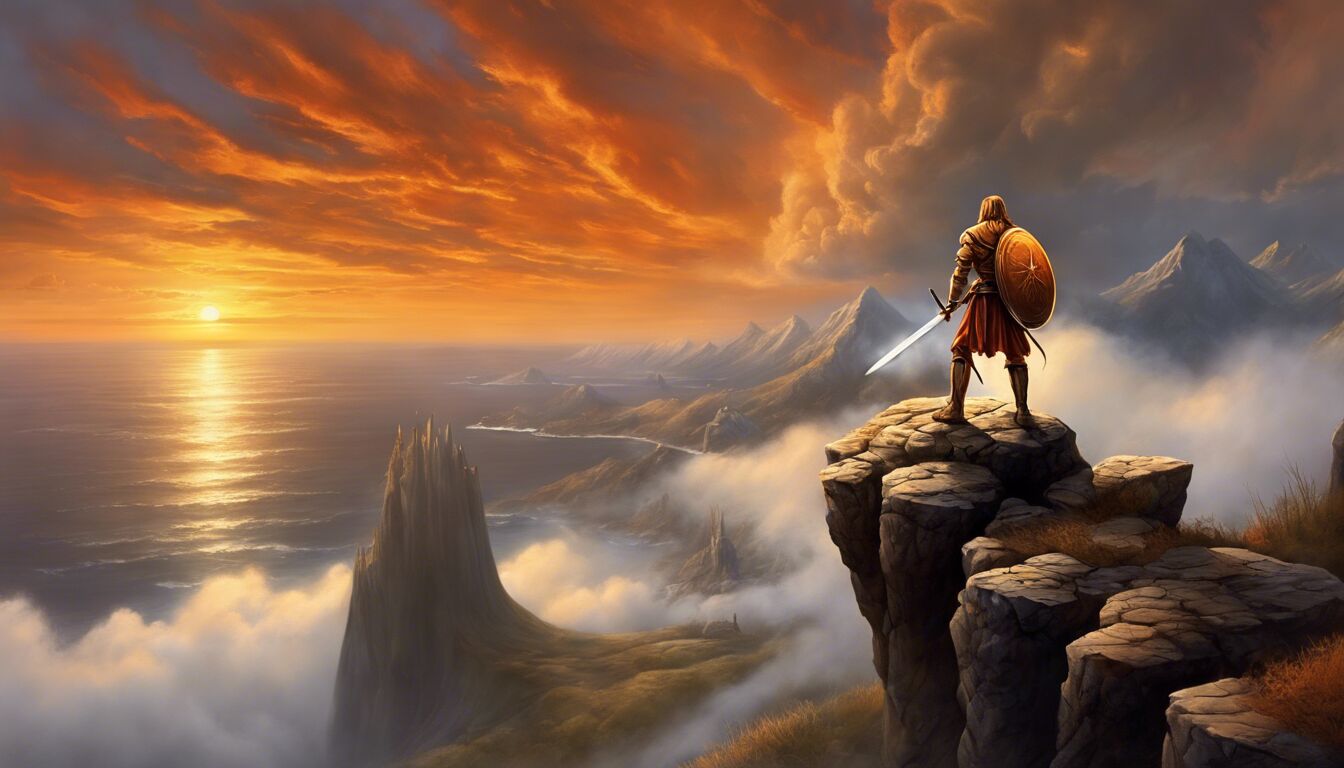blog
Brand Cohesion for Fantasy Series
Identifying key themes is crucial for establishing and maintaining a strong brand identity for any fantasy series. These themes serve as the foundation upon which the story, characters, and overall ambiance are built. Authors and creators must carefully consider what central messages and motifs they wish to convey. Common themes in fantasy series might include the battle between good and evil, the hero’s journey, and the exploration of mythical or magical worlds.
Once these core ideas are determined, they should be intricately woven into every aspect of the series. For example, J.K. Rowling’s “Harry Potter” series prominently features the themes of friendship, bravery, and the fight against dark forces, all of which resonate strongly throughout the books, movies, and spin-offs. As another example, J.R.R. Tolkien’s “The Lord of the Rings” deeply explores the themes of power, sacrifice, and the clash of civilizations.
Key themes should not merely be an afterthought, but rather a guiding light that influences story arcs, character development, and even the visual aesthetic. When these themes are consistently presented, they contribute to a cohesive brand identity that fans can readily identify and connect with. By ensuring that these central themes are clear and well-integrated, creators can craft a more engaging and memorable fantasy series, one that stands the test of time and resonates deeply with its audience.
Developing a consistent visual style
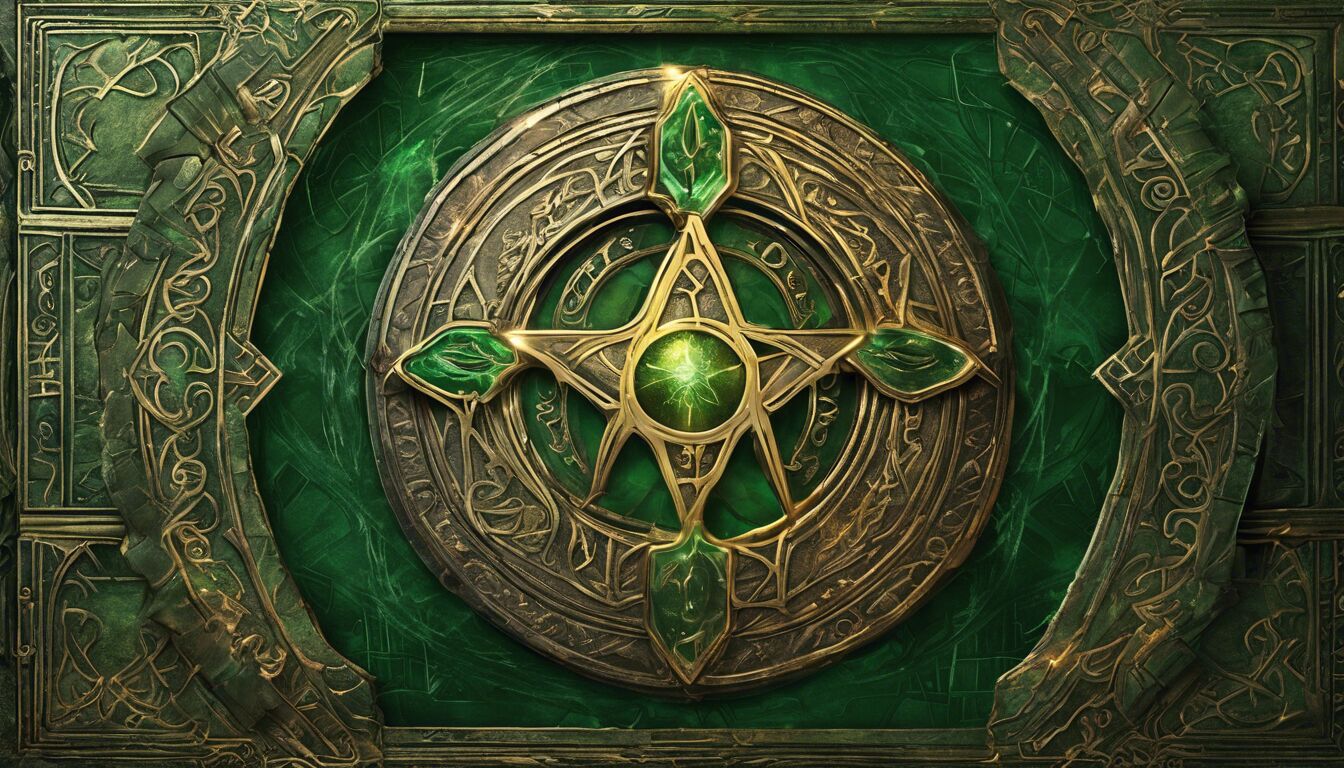 The hallmark of any successful fantasy series is a consistent visual style that draws the audience into its unique world. This encompasses everything from the color palette to the design of costumes, props, and settings, aiming to forge a distinctive brand identity that can be easily recognized and remembered. Creating such a unified aesthetic requires careful planning and coordination across various elements of production, ensuring that every visual aspect supports the core themes and atmosphere of the series.
The hallmark of any successful fantasy series is a consistent visual style that draws the audience into its unique world. This encompasses everything from the color palette to the design of costumes, props, and settings, aiming to forge a distinctive brand identity that can be easily recognized and remembered. Creating such a unified aesthetic requires careful planning and coordination across various elements of production, ensuring that every visual aspect supports the core themes and atmosphere of the series.
For instance, consider the “Harry Potter” series, where the visual style evolves along with the narrative. Early scenes in the series employ a more whimsical, primary-color-rich palette that accentuates the wonder of discovering the magical world. As the story grows darker, the visual tone shifts, incorporating more muted colors and shadowy lighting to reflect the increasing danger and complexity of the unfolding plot. This intentional progression helps the audience subconsciously track the maturation of the characters and the escalating stakes, thereby enhancing the storytelling experience, navigate to this page.
Another compelling example is the “Game of Thrones” series. The creators employed a diverse range of visual styles to differentiate the various regions within the fictional world of Westeros. The icy and unforgiving landscapes of the North are depicted with a stark, desaturated color scheme, which contrasts sharply with the warmer, golden hues of the southern regions like King’s Landing. This deliberate variation in visual style not only adds depth to the world-building but also reinforces the geographical and cultural distinctions that are crucial to the narrative.
“In fantasy world-building, the visual style does more than just present an aesthetic; it becomes a critical part of storytelling itself, embedding clues and reinforcing thematic elements in a way that words alone might not achieve.”
Aside from the broader strokes of visual planning, attention to minute details also plays a significant role. The textures of fabrics used for costumes, the architectural styles of different settings, and even the design of everyday objects within the series all contribute to the overall visual consistency. Each element must be carefully curated to fit the fantasy world’s internal logic and enhance the audience’s suspension of disbelief.
Visual style also extends to the marketing materials associated with the series. Book covers, movie posters, promotional websites, and merchandise should all reflect the same aesthetic principles established within the narrative itself. Consistency across these platforms reinforces the brand identity, making it easier for the audience to associate any related content or products with the fantasy series instinctively.
In summary, developing a consistent visual style is more than just an artistic endeavor—it’s a strategic component of brand identity. By investing effort into creating a cohesive visual aesthetic, fantasy series can captivate audiences more effectively, drawing them deeper into the world and making the story’s magic all the more palpable.
Character development strategies
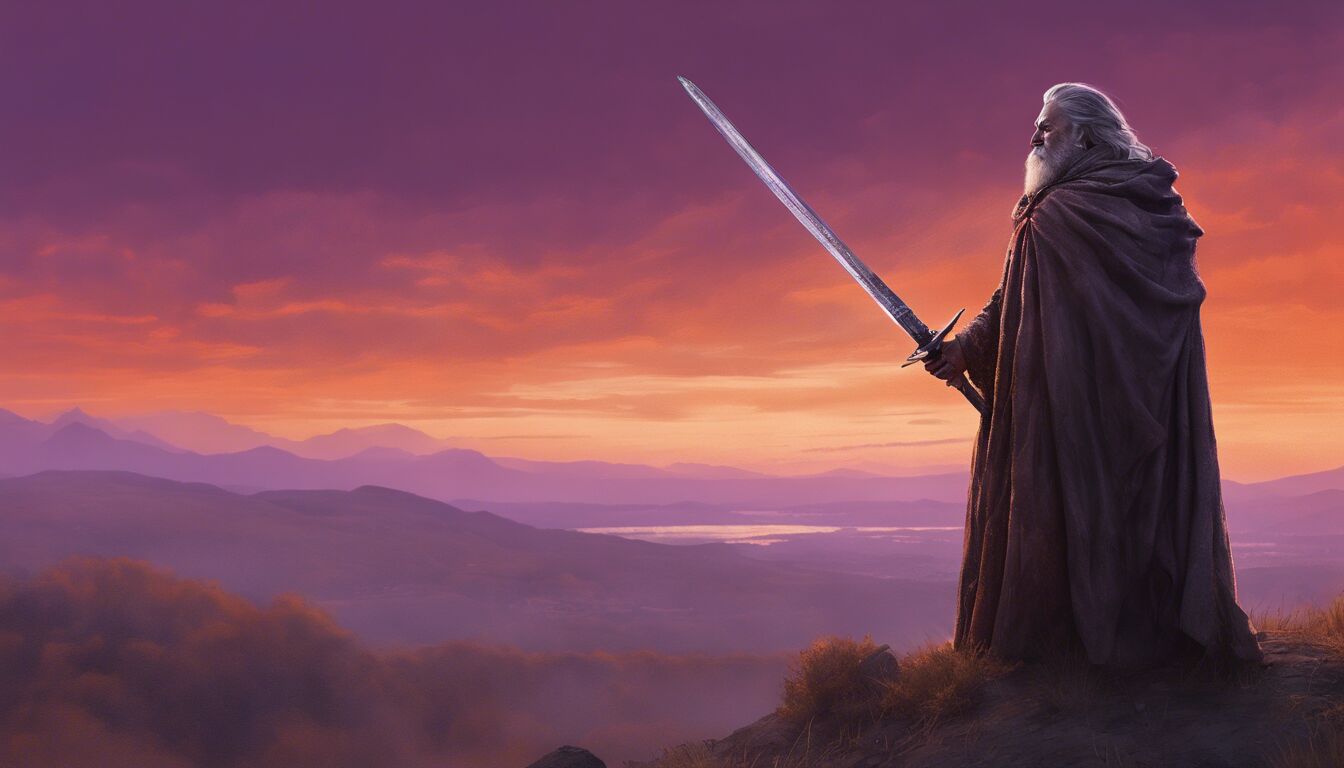
Character development is a cornerstone for creating a compelling fantasy series that resonates deeply with audiences. The characters are the lifeblood of the narrative, and they need to be thoughtfully developed to foster a strong brand identity. This process involves giving each character distinct traits, backstories, motivations, and arcs that align with the series’ key themes and visual style.
A multi-layered approach to character development can significantly enhance the audience’s emotional investment. For instance, in George R.R. Martin’s “Game of Thrones,” characters like Tyrion Lannister and Daenerys Targaryen are meticulously crafted with complex personalities and moral ambiguities. These characters evolve in response to the intricate political and social landscapes of Westeros, thereby making the story more engaging and the world more convincing.
Consistency in character portrayal is crucial for maintaining a cohesive brand identity. This means that the behavior, appearance, and voice of characters should remain consistent across different media formats, be it books, movies, or television adaptations. For example, Harry Potter’s unwavering sense of justice and loyalty is a constant, whether he’s in the pages of J.K. Rowling’s novels or on the big screen.
Character arcs should be carefully planned to ensure logical and compelling growth. This includes mapping out how characters will evolve over the course of the series, making sure their development reflects the central themes and plot developments. A well-executed character arc could see a naive protagonist grow into a wise and battle-scarred leader, much like Frodo Baggins in J.R.R. Tolkien’s “The Lord of the Rings.” Such arcs provide satisfaction and depth, encouraging the audience to stay invested in the characters’ journeys.
Another essential aspect of character development is the creation of multidimensional villains. Effective antagonists are not simply evil for the sake of being evil but have motivations that make them relatable and, at times, sympathetic. Thanos in the Marvel Cinematic Universe, for instance, believes he is saving the universe through his drastic measures, making his character more nuanced and compelling. A well-developed villain can heighten the stakes of the story and provide a strong counterbalance to the hero, enriching the overall narrative.
Interaction between characters is another valuable tool for development. Dialogue, relationships, and conflicts reveal facets of each character, contributing to their complexity. These interactions must be genuine and immersive, reflecting each character’s individuality while driving the story forward. The camaraderie and rivalry among the members of the Fellowship in “The Lord of the Rings” not only reveal their personalities but also enhance the depth and realism of the fantasy world.
Attention to diversity and inclusivity in character development can also strengthen the brand identity by making the story more relatable to a broader audience. Representation of different cultures, genders, and backgrounds can enrich the narrative canvas, as seen in N.K. Jemisin’s “The Broken Earth” series, which features characters of various ethnicities and abilities, integrating diverse perspectives into the fantasy genre.
Supporting characters, too, deserve careful development. Even if they have less screen time or fewer lines, these characters should have distinct roles and contributions to the story. Well-rounded supporting characters can provide critical support, comic relief, or additional conflict, enhancing the main narrative without overshadowing the primary characters.
World-building integration
In fantasy series, creating a well-integrated world is vital for establishing a strong brand identity. This involves more than just designing an enchanting setting; it’s about interweaving every facet of the fictional world’s culture, geography, politics, and history in such a way that it becomes a living, breathing entity.
One effective approach to achieving this is by ensuring that all elements of the world-building are interdependent and contribute to the overall narrative. For example, the magic systems, political hierarchies, and social norms must all coexist in a way that is logical and consistent. In “The Wheel of Time” series by Robert Jordan, the intricately detailed world is divided into various nations, each with its own customs, dialects, and political structures. The seamlessly integrated cultural details make the world feel authentic and immersive, thereby strengthening the series’ brand identity.
In addition to creating interdependent elements, embedding rich lore and backstory can provide depth and context. J.R.R. Tolkien’s Middle-earth is a prime example, with its meticulously crafted history and mythologies that span thousands of years. The inclusion of these detailed backstories helps to make the present events feel like a small part of a much larger, ancient world, adding depth and richness to the narrative.
Consistent world-building also extends to geography and setting. Different regions within the world should not only have distinct physical characteristics but also cultural and economic variations. In the “A Song of Ice and Fire” series, George R.R. Martin differentiates the various regions of Westeros and Essos through unique landscapes, economies, and traditions. This geographical diversity enhances the narrative and makes the settings more vivid and memorable for the audience.
Magic systems are another critical component of world-building in fantasy series. A well-defined magic system with clear rules and limitations can add layers of suspense and intrigue. Brandon Sanderson’s “Mistborn” trilogy, for example, features a unique and meticulously thought-out magic system based on metals, which plays a crucial role in both the plot and the world itself. Consistency in the application and consequences of magic helps maintain the internal logic of the series, thereby solidifying its brand identity.
Political dynamics within the world can offer additional layers of complexity and conflict. The interplay between various factions, kingdoms, or organizations can drive the plot and add tension. In “The Expanse” series, the delicate balance of power among Earth, Mars, and the Belt creates a dynamic and ever-shifting political landscape that significantly impacts the story. These political dimensions contribute to a realistic, multifaceted world, making it more engaging for the audience.
Moreover, attention to smaller, everyday details can enhance the realism and coherence of the world. The design of currency, food, architecture, and even idiomatic expressions can add authenticity and depth. In “Discworld” by Terry Pratchett, the inclusion of unique customs, everyday items, and local vernacular makes the setting feel real and lived-in. These details, however minor, contribute to a cohesive and believable world.
Continuity in world-building must also be preserved across different media formats. Whether through books, movies, graphic novels, or video games, keeping the world consistent ensures that the audience remains immersed and engaged. For example, the world of “Star Wars” maintains a consistent aesthetic and lore across its various films, animated series, novels, and video games, which reinforces its brand identity and loyal fanbase.
Finally, leveraging technology can further deepen world-building. Interactive maps, companion websites, and augmented reality experiences can offer fans additional layers of the world to explore. J.K. Rowling’s “Pottermore” website expands the “Harry Potter” universe by providing detailed information about characters, spells, and locations, allowing fans to dive deeper into the lore and world of the series.
In summary, thorough and integrated world-building is a cornerstone of brand cohesion in fantasy series. By crafting a complex, consistent, and immersive world, creators can captivate audiences and solidify their series’ brand identity, ensuring that it resonates deeply and remains memorable.
Engaging with the audience
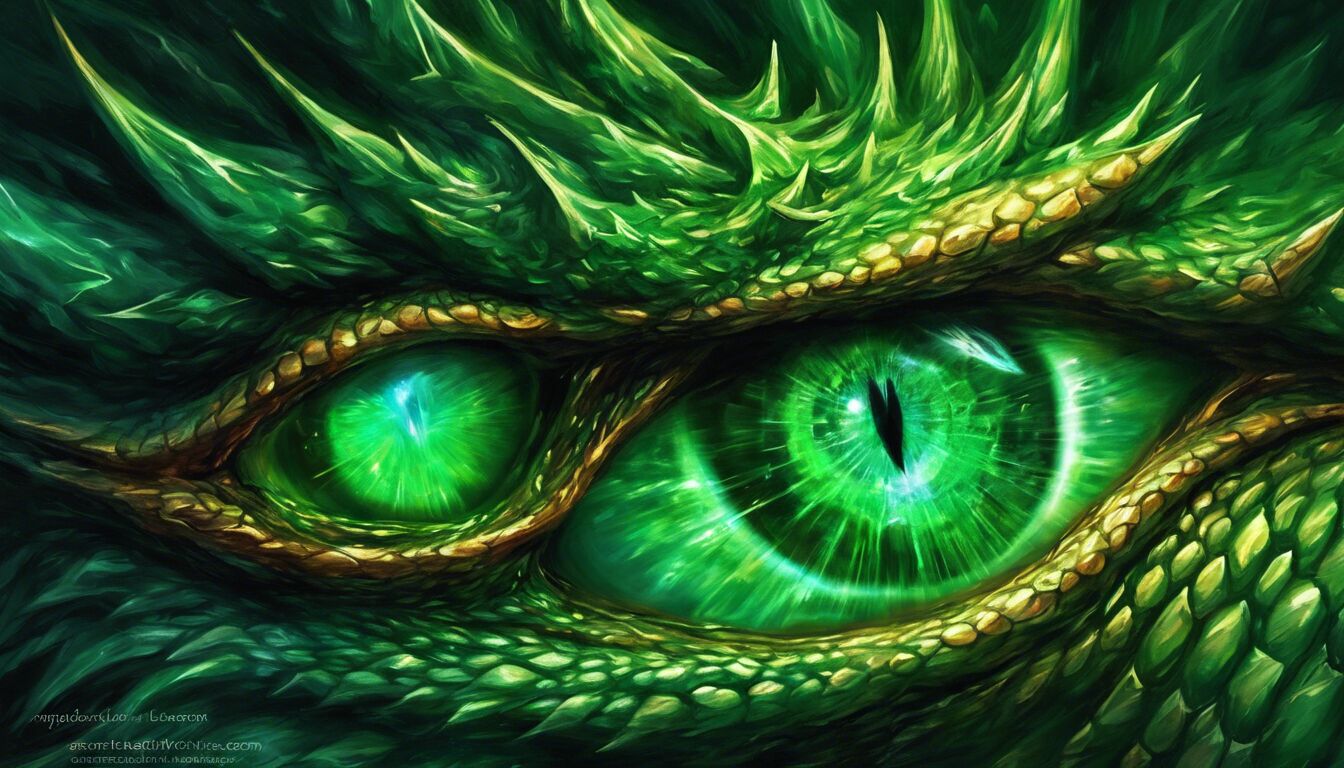 Interactive engagement with the audience is critical for creating a lasting connection and fostering a dedicated fanbase for a fantasy series. In today’s digital age, fans are not just passive consumers of content; they seek active participation and interaction with the worlds and characters they love. By strategically engaging with the audience, creators can enhance brand identity, deepen emotional connections, and ensure sustained interest in the series.
Interactive engagement with the audience is critical for creating a lasting connection and fostering a dedicated fanbase for a fantasy series. In today’s digital age, fans are not just passive consumers of content; they seek active participation and interaction with the worlds and characters they love. By strategically engaging with the audience, creators can enhance brand identity, deepen emotional connections, and ensure sustained interest in the series.
One effective tactic is leveraging social media platforms to foster community interaction. Creators can use official accounts to share behind-the-scenes content, character insights, and teasers for upcoming installments. Social media allows for real-time engagement, where fans can pose questions, share fan art, and discuss theories directly with the creators or cast members. A notable example of this approach is “The Witcher” series on Netflix, which maintains an active presence on Twitter, Instagram, and YouTube, regularly posting updates, engaging with fans, and even creating special content that addresses fan questions and preferences. This ongoing interaction helps maintain excitement and loyalty among the audience.
Organizing fan events, both virtual and in-person, is another powerful tool for engagement. Panel discussions, book signings, Q&A sessions, and themed conventions offer fans a deeper connection to the creators and the fantasy world. For instance, the annual “Game of Thrones” panel at San Diego Comic-Con has become a significant event where fans gather to hear directly from the cast and creators, cementing their bond with the series and its universe. Such events not only generate buzz and media coverage but also provide a platform for community building among fans.
Interactive storytelling can also enhance audience engagement. By incorporating elements that allow fans to influence the narrative or explore the world in unique ways, creators can make the experience more immersive. Online platforms, such as choose-your-own-adventure websites, interactive games, or augmented reality experiences, enable fans to feel like active participants in the story. The “Cursed Child” play, based on the “Harry Potter” series, extends the magical world’s narrative through an interactive theater experience that invites the audience to become part of the story.
Fan-created content is another vital aspect of engagement. Encouraging and showcasing fan fiction, fan art, and fan theories can empower the audience and make them feel valued. Platforms like Wattpad and Archive of Our Own (AO3) are teeming with fan-created stories that expand on beloved series, showcasing how deeply these narratives resonate with their audiences. Acknowledging and celebrating this content through official channels, like social media shoutouts or fan contests, reinforces a sense of community and shared ownership of the fantasy world.
Online community forums and dedicated fan websites further facilitate audience interaction and discourse. Spaces like Reddit’s Fantasy subforum or dedicated fan wikis provide a platform for in-depth discussions, theory crafting, and sharing of fan analyses. These communities become hubs of activity and engagement, where the brand identity of the series continually evolves through fan interaction and discourse. The active participation of creators in these spaces, whether through AMA (Ask Me Anything) sessions or exclusive content drops, can further nurture these communities.
Moreover, leveraging audience feedback and integrating it into future content can enhance engagement and loyalty. Listening to fans’ ideas, preferences, and criticisms, and reflecting those insights in subsequent installments shows that creators value their audience’s input. This feedback loop not only improves the content but also strengthens the connection between the creators and their fanbase. “Doctor Who” has often adapted its narrative and character arcs in response to fan reactions, demonstrating a dynamic and evolving relationship with its audience.
Crowdsourcing ideas or involving fans in decision-making processes can also be highly engaging. Campaigns where fans vote on plot directions, character decisions, or even which promotional materials to release next create a sense of shared creation and ownership. For example, the interactive movie “Black Mirror: Bandersnatch” allows viewers to make decisions that affect the storyline, directly involving them in the narrative process.
In essence, engaging with the audience is about building a two-way relationship that goes beyond mere content consumption. By fostering active participation, creators can enhance the emotional investment of their audience, strengthen the series’ brand identity, and cultivate a community of loyal and engaged fans who will support the fantasy series through every twist and turn of its narrative journey.
Maintaining continuity across media
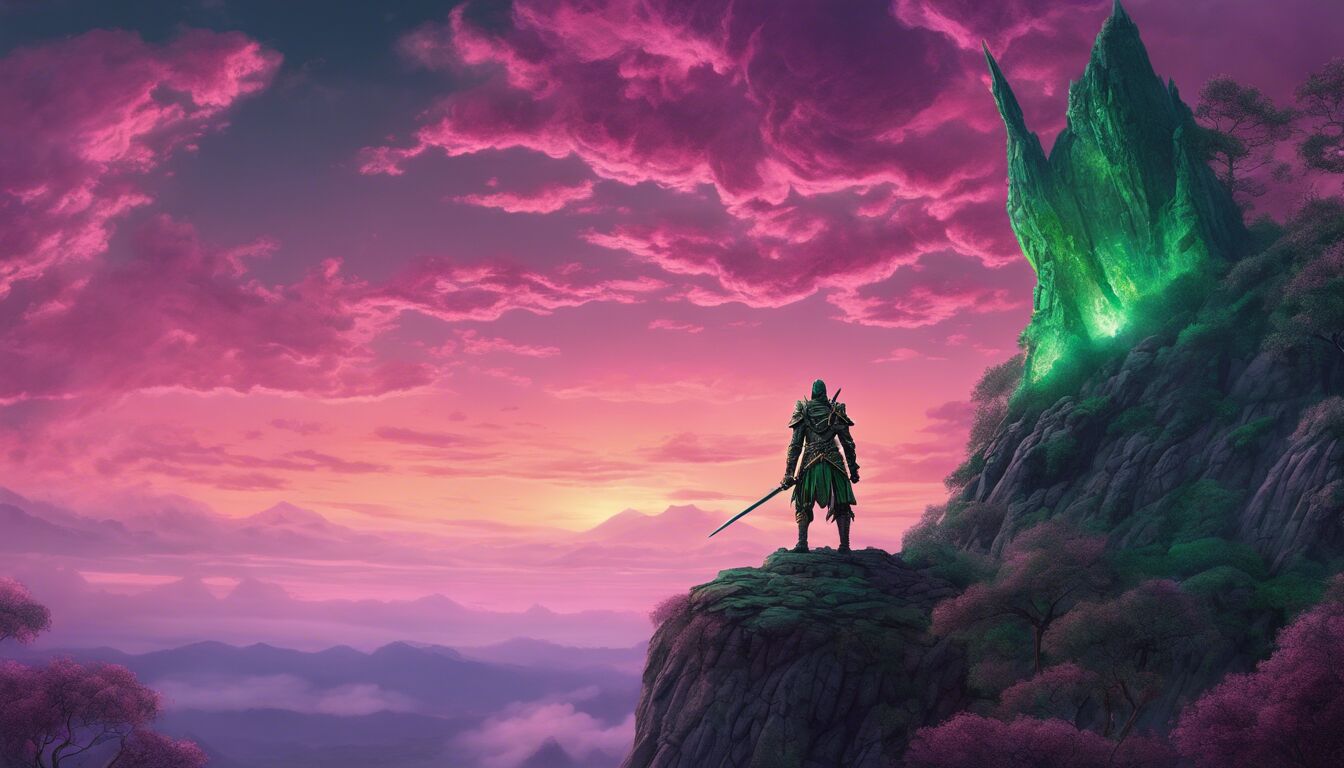
Maintaining continuity across media is paramount for preserving the integrity of a fantasy series’ brand identity. As these stories often span multiple platforms including books, movies, television, video games, and even graphic novels, ensuring a cohesive narrative and aesthetic is essential to keep the audience immersed and engaged. This requires a harmonized approach that integrates storytelling, character development, visual style, and thematic elements consistently across all media formats.
A unified creative vision is critical in maintaining continuity. This often involves appointing a brand guardian or a dedicated creative team to oversee the adaptation of the series across different formats. These individuals or teams ensure that the core themes, character arcs, and world-building elements remain true to the original source material. For example, J.K. Rowling’s involvement in the “Harry Potter” film adaptations helped maintain the series’ integrity, ensuring that key elements of the books were faithfully translated to the screen.
Equally important is developing a comprehensive style guide. This document serves as a reference for all creative partners, detailing specifics about visual designs, character appearances, and key themes. The style guide should outline everything from color palettes and costume designs to character behaviors and dialogue styles, ensuring that everyone involved in the project aligns with the established brand identity. The Marvel Cinematic Universe, for instance, utilizes extensive style guides to maintain a coherent look and feel across its myriad films and television shows.
Another essential aspect of continuity is consistent character portrayal. Characters should retain their defined attributes, motivations, and development paths across various media. When characters jump from a book to a screen or a game, their traits should remain identifiable and true to their original depictions. This consistency allows the audience to connect with the characters on a deeper level, regardless of the medium through which they are experiencing the story. For instance, the portrayal of Geralt of Rivia in “The Witcher” maintains consistency in his stoicism, moral ambiguity, and combat skills across books, games, and the Netflix series.
The narrative arc must also be carefully managed to avoid discrepancies between different formats. This involves meticulous planning to ensure that plot points and key events align perfectly, forming a seamless story regardless of how it is consumed. Any deviations or new additions should be intentionally crafted to enhance the overarching narrative rather than contradict it. The “Star Wars” franchise, although ambitious in its cross-media storytelling, serves as a cautionary example where misalignments occasionally created confusion among fans. Careful coordination can prevent such pitfalls and support a seamless storytelling experience.
Visual consistency across media also plays a significant role in maintaining continuity. Whether in live-action adaptations, animated series, or graphic novels, the visual representations of characters, settings, and magical elements should be instantly recognizable and true to the original descriptions. The detailed and consistent visual style in Peter Jackson’s “The Lord of the Rings” film trilogy successfully brought J.R.R. Tolkien’s literary world to life, preserving the intricate designs and atmospheres described in the books.
Engagement with audience feedback is another critical aspect of maintaining continuity. Listening to audience reactions and addressing any inconsistencies can help creators correct course and ensure that upcoming content aligns with fans’ expectations and the established brand identity. This involves not only acknowledging feedback but also implementing it in a way that enhances the narrative and respects the lore. For example, the creators of “The Expanse” frequently interacted with fans, taking their input into consideration to maintain the series’ credibility and continuity across its various adaptations.
To achieve effective continuity, technology can be a valuable tool. Digital asset management systems can store and organize all visual elements, scripts, and style guides, making them easily accessible to all creative partners. This technological integration ensures that every team working on the series, regardless of their specific medium, has access to the same resources and guidelines, thus maintaining consistency.
Cross-media marketing campaigns further reinforce brand identity by presenting a unified message. Coordinated trailers, teaser releases, social media campaigns, and merchandise should all reflect the same visual and narrative tone established in the series. Consistency in marketing not only reinforces the series’ brand identity but also builds anticipation and excitement across different audience segments. The marketing for “Stranger Things,” which includes synchronized trailers, posters, and online content, exemplifies how a well-coordinated campaign can maintain the series’ continuity and generate widespread enthusiasm.
In essence, maintaining continuity across media is a multifaceted endeavor that requires meticulous planning, unified creative direction, and active engagement with the audience. By ensuring that the narrative and visual elements remain consistent and true to the original vision, creators can fortify the brand identity of the fantasy series, making it a cohesive and immersive experience across all platforms.

